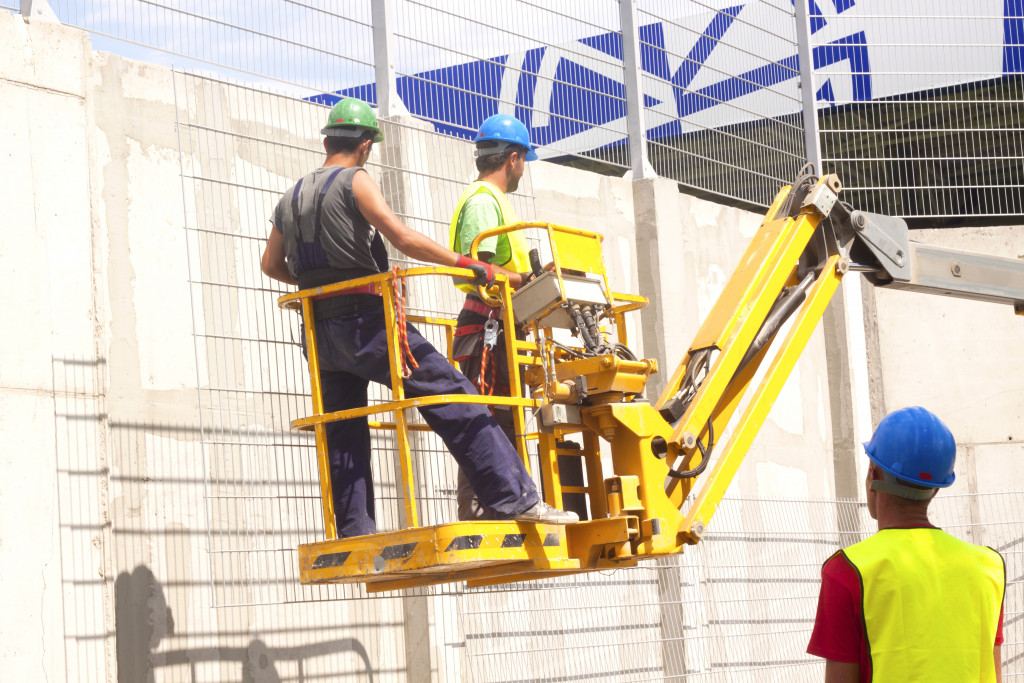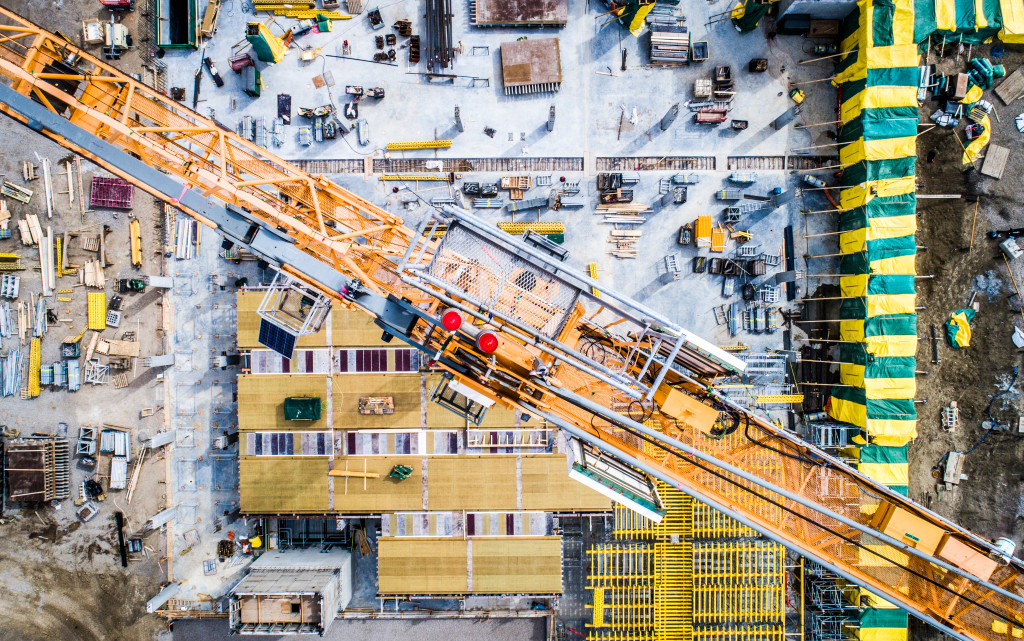- To ensure employee safety, please supply appropriate clothing and equipment suitable for the prevailing weather conditions.
- Arrange temporary shelters near the construction site for easy access in case of adverse weather conditions.
- It is important to have a plan in case of severe weather events like floods or lightning storms.
- To lower the risk of electric shock, connect all exposed wiring to a ground fault circuit interrupter (GFCI).
Working in construction is dangerous, and one of the biggest risks posed to workers is the elements. From extreme temperatures to wind and rain, construction sites can be hazardous if employees aren’t properly protected from these conditions. By protecting your site personnel from the elements, you can help keep them safe while they work.
Implement effective safety procedures.
Implementing effective safety procedures is one of the most important steps in protecting construction workers from the elements. Here are some key safety measures to consider:
Provide weather-appropriate clothing and equipment.

Proper weather-appropriate clothing and equipment are essential for any construction site. Providing all personnel jackets, hats, and gloves ensures that employees are protected from extreme elements while working onsite.
Given the unpredictable nature of the weather, it is crucial to provide quality gear that can withstand harsh temperatures and protect against potential hazards. Proper attire also helps to reduce the likelihood of injuries and illnesses, which can decrease productivity and increase absenteeism.
Another crucial aspect is providing quality hi-vis trousers to enhance visibility, especially during low-light conditions. As an expert in construction safety, it is imperative to prioritize the well-being of workers by providing essential gear to maintain a safe and healthy work environment.
Set up shelters around the construction site.
As a construction site manager, it’s crucial to ensure the safety and well-being of your employees while they’re working on site. One way to do this is by setting up shelters around the construction site to provide quick access when the weather turns sour.
These shelters protect construction workers from harsh weather conditions like rain, snow, or extreme heat. It’s essential to have a clear plan in place before any construction starts, so your team can respond efficiently if bad weather strikes unexpectedly.
Properly setting up shelters protects your workers from the element and keeps the project on schedule by preventing downtime due to weather delays. By providing a safe and comfortable place for your employees to work during harsh weather conditions, you show that you care about their well-being and boost their morale.
Have an emergency plan in place.
Having an emergency plan in place is crucial for any construction project. Weather events such as flooding or lightning storms can seriously threaten workers’ safety on site. By implementing procedures for dealing with severe weather, employers can protect their employees from the elements while they continue to work.
This can help to minimize the risk of accidents, injuries, and even fatalities on the job. It is important to properly prepare for these situations by having a detailed emergency plan that all workers are aware of. By doing so, companies can ensure the safety of their employees and maintain a safe and productive work environment.
Connect any exposed wiring to a GFCI.

As construction employees work onsite, they are exposed to various hazards, including the risk of electric shock caused by wet conditions. To mitigate this risk, it’s important to properly connect any exposed wiring to a ground fault circuit interrupter (GFCI). A GFCI stops the circuit if it detects a current imbalance, which can prevent potentially lethal shocks.
To properly connect wiring to a GFCI, following the manufacturer’s instructions and ensuring that all connections are secure is crucial. Due to the risks involved, it’s recommended that only a qualified electrician or trained construction worker handle electrical wiring. By prioritizing safety measures such as these, construction employers can protect employees from hazardous conditions as they work onsite.
Place warning signs around.
It is crucial to emphasize warning signs around puddles or pools of standing water to alert people of potential slipping hazards. This simple step may seem trivial, but it can truly make a difference in protecting your construction employees from the elements while working onsite.
Water on a construction site can accumulate quickly and become a dangerous slipping hazard for workers. By placing warning signs, you protect your employees, adhere to safety regulations, and avoid unnecessary accidents. As an expert, it is essential to stay vigilant and take all necessary precautions to guarantee the safety of your workers.
Schedule outdoor work during cooler times of the day.
Properly scheduling outdoor work during cooler times is crucial to protecting construction employees from the harsh elements they face while working onsite. This ensures their safety and well-being and keeps their productivity levels stable. Extreme temperatures and sun exposure can lead to heat exhaustion, dehydration, and sunburns, which can harm physical health.
Alternatively, working during cooler times of the day improves the work environment, maintains employee motivation, and increases job satisfaction. Employers who successfully implement this scheduling strategy can demonstrate their commitment to their employees’ well-being while ensuring project completion.
These are just a few safety measures that can help protect construction employees from the elements. Taking proactive measures to ensure the safety and well-being of your workers can help minimize accidents and keep them safe while working onsite.

